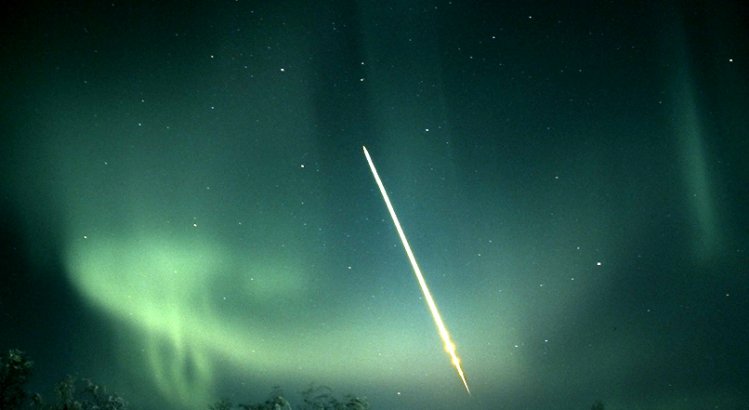
Solar terrestrial and atmospheric research programme
Within the Solar Terrestrial and Atmospheric Research Programme (STAR) we study the atmosphere of the Arctic, the near-Earth environment in space and the effects of the sun’s activity on both the Earth and its atmosphere.
The solar wind (ionized gas ejected from the sun’s corona) affects the atmosphere of the Earth, especially the ionosphere (the outer, ionized part of the atmosphere) and the magnetosphere or area controlled by the Earth’s magnetic field.
The solar activity causes aurora (Northern and Southern Lights), but also other effects that can be measured with sensitive measuring instruments. In the case of severe solar storms, extreme solar activity can even affect technical systems.
The measuring instruments that the researchers primarily use are situated in the Arctic and our research is devoted to phenomena specific to the polar regions. Even the proximity of the Scandinavian mountain range influences the atmosphere in a characteristic way.
Thematic research areas within the programme:
- Solar storms and solar research: how solar storms arise, why their severity varies and how space weather affects technological systems on Earth and in space.
- Plasma physics processes in the Earths’s ionosphere and magnetosphere: how space plasma reacts to different forms of energy flow and how, for example, the atmosphere of the Earth is affected by extreme space weather.
- Optical light phenomena in the ionosphere: active experiments, meteors and how different types of structures form in the aurora.
- Infrasound, radar and meteors: meteor studies and other space and atmospheric phenomena that can be identified by radar or infrasound.
- Atmospheric dynamics and Arctic high altitude clouds: noctilucent clouds occurring in summer in the mesosphere (at about 80 kilometres height) and mother-of-pearl clouds occurring in winter in the stratosphere (at 15-25 kilometres height).
Measuring instruments and networks
The researchers in the programme are responsible for the Swedish Space Weather Center (Regional Warning Center, RWC) in the International Space Environment Service, ISES. The programme also works with data from a number of measuring instruments on satellites and from networks of ground-based stations:
- An incoherent scatter radar system (EISCAT)
- A system of aurora cameras – Aurora Large Imaging System (ALIS)
- A Swedish-Finnish infrasound network with stations in Kiruna, Jämtön, Lycksele and Sodankylä (Finland)
- An atmospheric radar at Esrange Space Center (ESRAD)
- An automated network of cameras for noctilucent cloud studies
- An atmospheric lidar (laser radar: an optical measuring instrument for remote sensing)
- A millimetre-wave radiometer (KIMRA) for measuring ozone and trace gases
Employees in the Solar Terrestrial and Atmospheric Research Programme are based at IRF in Kiruna, Umeå, Uppsala and Lund. The programme has close links with the Kiruns Atmospheric and Geophysical Observatory (KAGO).
